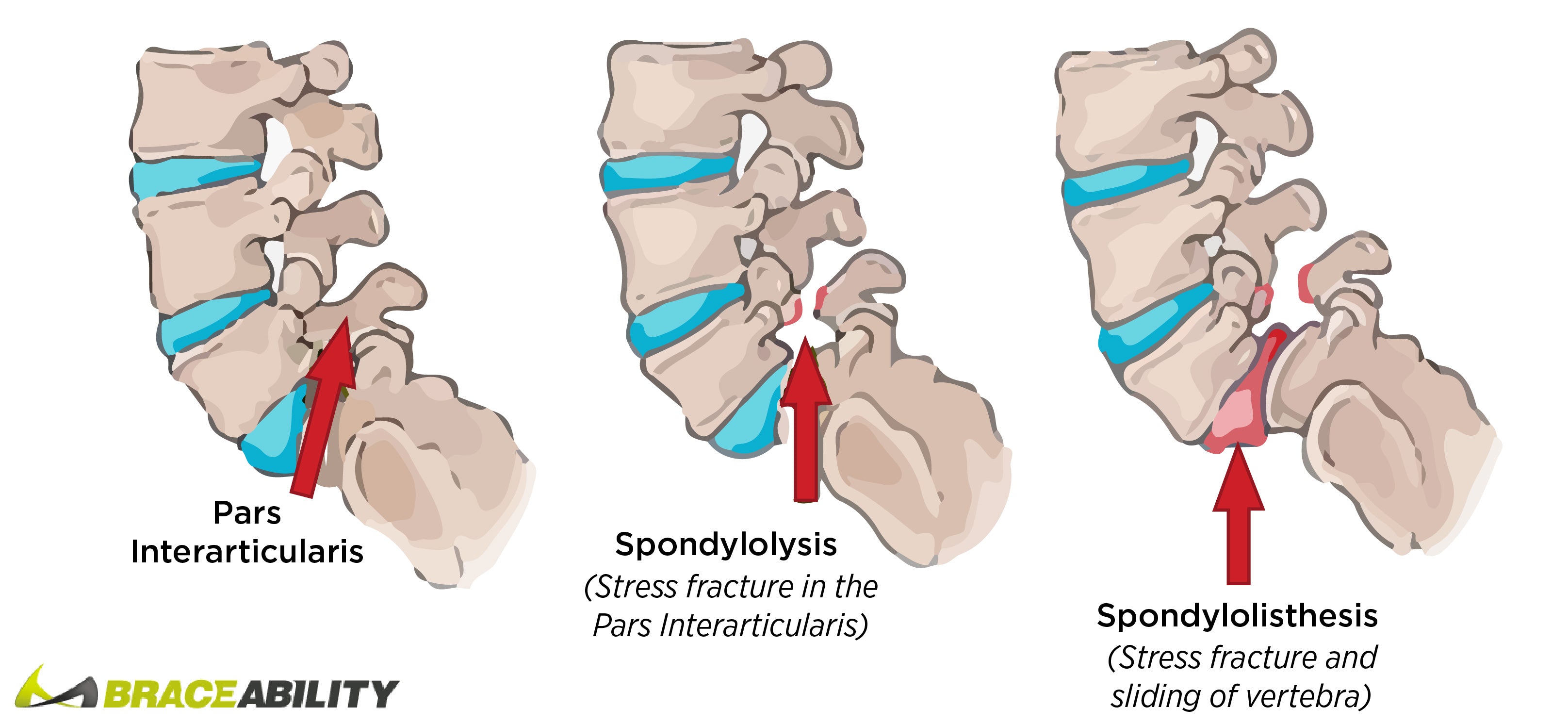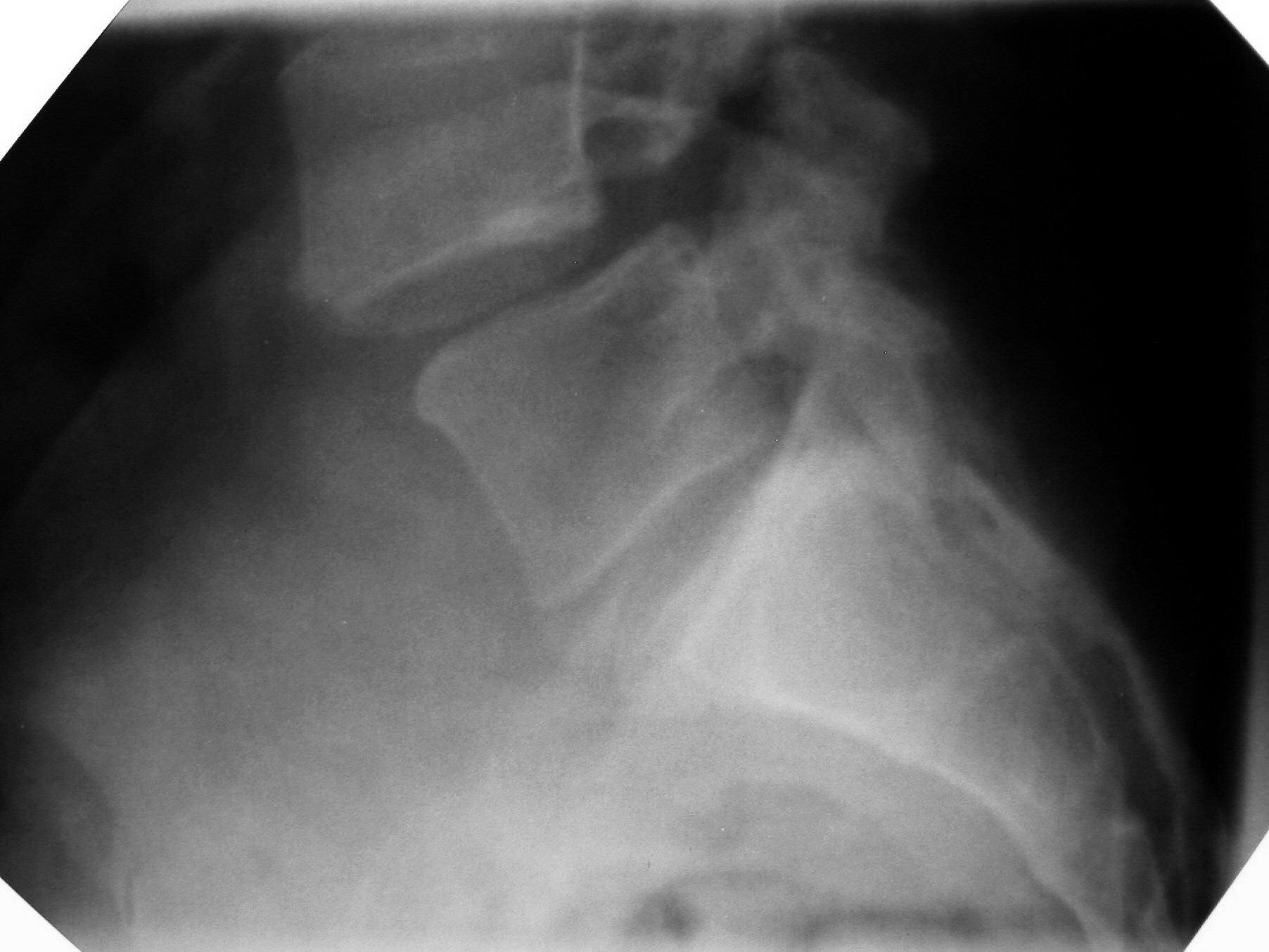Retrolisthesia is a rare joint disorder that occurs when one vertebra in the upper back slips out or underneath a disc. This type of condition can be extremely painful and is usually accompanied by severe pain and stiffness. The condition can result from a variety of reasons, including a herniated disc, herniated spinal nerve roots, degenerative disc disease, and a spinal injury.

Retrolistsia occurs in both the upper and lower back. Retro is different from spinal stenosis, which occurs in the upper back and causes extreme pain, weakness and difficulty in moving.
Symptoms are generally described as being a combination of numbness and pain. When you look at the symptoms, it’s very hard to pinpoint which condition it may occur in.
The treatment options for retrolistsia vary greatly depending on the causes of the condition. Treatment methods include physical therapy, medication and surgery.
Physical Therapy: This treatment method is used to rehabilitate the affected joint to help improve range of motion and strength. A chiropractor or physical therapist will perform manual therapy to strengthen the affected joint. The therapy can also be done in a massage chair. A physiotherapist may also provide support while your physical therapist is working on the affected joint. Physical therapy can also help decrease inflammation and help with pain relief.
Medications and Surgery: In the case of retrolisthesis, medication can be prescribed to help ease pain-relief is often prescribed. In some cases, surgery is performed to repair or replace the injured nerve roots. These procedures are often performed on an outpatient basis. Many times, physical therapy sessions will be combined to achieve maximum results.
Pain Management: Medications such as painkillers and muscle relaxers are often prescribed to reduce pain, muscle spasms, and spasms. Pain medications also relieve the patient of fatigue, muscle aches, stiffness, and difficulty with muscle movement. Aspirin, ibuprofen and naproxen are common painkillers that are used to relieve pain caused by retrolisthesis.

Causes of retrolistsia are difficult to determine because the cause of the disorder is often linked to a variety of factors. If you suffer from a herniated disc and/or have a neurological condition, consult a doctor to determine the cause of your symptoms and consult a treatment program designed specifically for your condition.
To avoid suffering from retrolisthesis, it is important to identify the conditions that may have caused your condition. The list of causes includes herniated discs, degenerative spinal conditions, spinal stenosis, a spinal hernia, spondylolisthesis (a congenital condition where the vertebrae are fused together), meniscus damage and spinal trauma.
Spinal Cord Injury: A herniated spinal cord may result from spinal stenosis and spinal cord injuries. When this occurs, pressure builds up on the spinal cord. This causes the spinal cord to bulge outward and creates compression of the nerves.
Degenerative spinal conditions, such as a herniated disc, can lead to the development of retrolisthesis. Muscle spasms are another condition that can cause this condition. Muscle spasms can occur when the muscles in the body become overworked causing pain and discomfort.
Spinal Stenosis: This condition occurs when fluid collects around the brain and spinal cord. This can result from a herniated disc, a vertebra or other congenital conditions that lead to spinal stenosis.
The disease progresses when the nerve roots begin to grow outside the spinal cord causing an obstruction. Surgery can help to alleviate symptoms and prevent further injury from occurring.
Herniated Disc: This condition can be very painful. It can also interfere with the normal movements of the upper extremities. The pain can be severe when walking and can become unbearable after certain activities. This is one of the most common causes of retrolisthesis.
If you experience symptoms of a herniated disc, degenerative spinal condition, spinal stenosis or spondylolisthesis, it is important to consult a doctor to determine the source of your symptoms to determine if you are suffering from retrolisthesis.
Before you undergo retrolisthesis surgery, you should discuss the possible outcome of your condition with your doctor. There are several ways to prevent retrolisthesis from developing and the most effective way to prevent this condition from affecting your life is to follow a comprehensive treatment program designed especially for you.